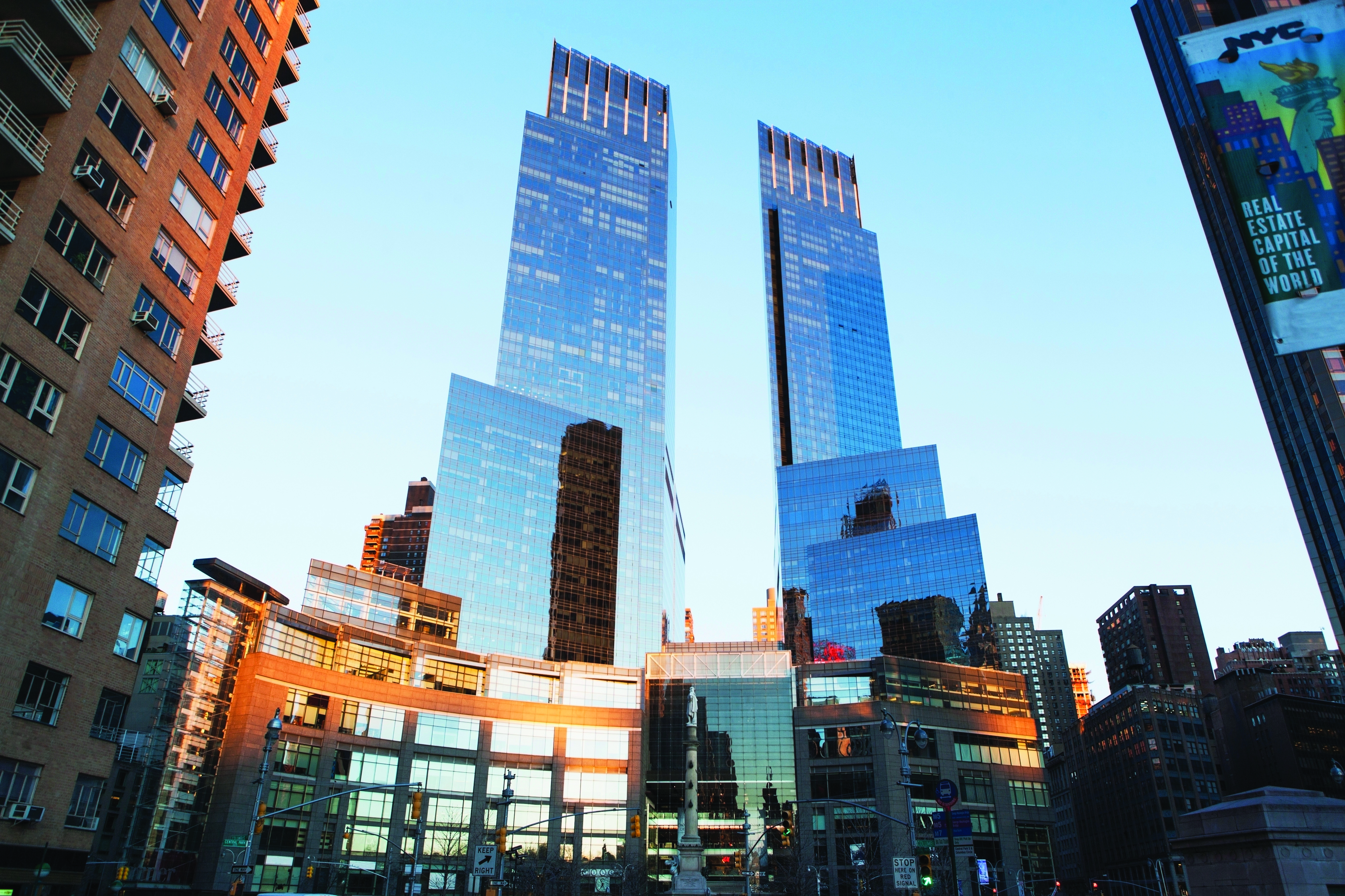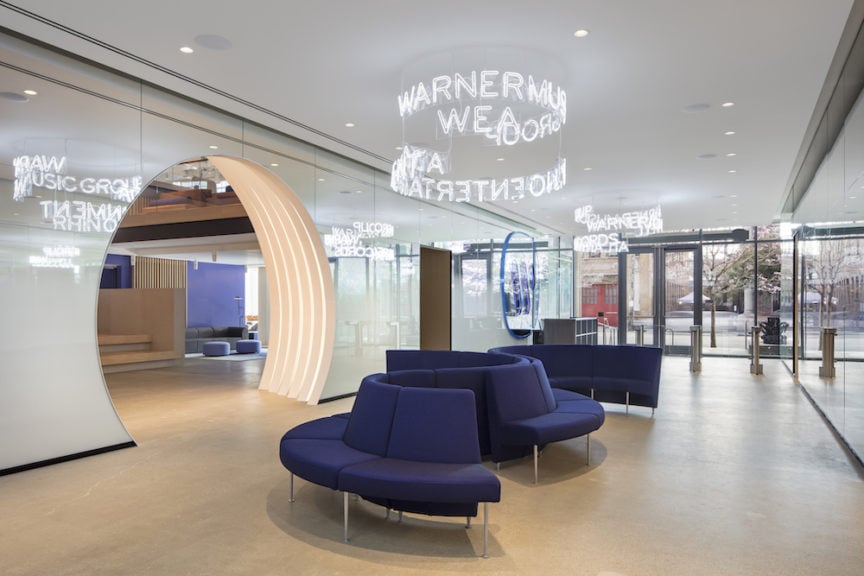
Meanwhile, efforts to build new housing - particularly in prime neighborhoods with sought-after amenities - are routinely met with fierce and sustained pushback from existing residents. The problem has been especially acute for poorer households: One recent study found a worker earning New York state’s minimum wage of $12.50 per hour would need to work 94 hours a week to afford a one-bedroom apartment at market rates. High-cost cities like New York, San Francisco and Washington have seen rents rise far faster than incomes over recent decades, and many residents are spending more and more of their monthly paychecks on housing. How those buildings will be used, and how that transition will occur, will shape America’s cities for decades to come. James Whelan, president of the Real Estate Board of New York, said he thinks it’s “inevitable” some portion of the city’s commercial office market, particularly older buildings, “may not be reutilized as commercial office space moving forward.” “But at this point, without any unforeseen change, there’s still going to be some empty space when we cycle through this, and some of those buildings are going to be ripe for conversion to residential.” “Landlords are being very creative trying to improve their buildings, amenitize their buildings, improve the air quality systems,” said Peter Riguardi, chair and president of real estate services firm JLL’s New York tri-state region. The idea is not without logistical and political challenges, but proponents say it could help breathe new life into areas emptied out by the pandemic. That has led real estate groups, urbanists, market experts and others to consider whether Covid has created an opportunity to reinvent areas like midtown Manhattan, particularly with new housing. The upshot is that some commercial space will likely be left vacant long term - at the same time major cities like New York are struggling with a lack of affordable apartments.

The same study said this shift will reduce spending in major city centers by at least 5 to 10 percent compared with pre-pandemic levels.
#Office space in time warner building full
One paper predicted 20 percent of full workdays would occur from home even after the pandemic ends, compared to just 5 percent pre-Covid. Recent studies have suggested remote work will endure.

These impacts pose an existential crisis of sorts for office-centric neighborhoods, and significant consequences for the cities that contain them. In New York, where office buildings account for a major share of the city’s property taxes, the pandemic has also induced a $28.6 billion drop in taxable market value and cost the city upwards of $850 million in tax revenue. Pandemic-induced changes in work patterns have taken an especially acute toll on the central business districts of cities - ecosystems that rely on a daily flood of office workers who frequent coffee shops and lunch spots, stop at restaurants and bars after work, and drive public transit ridership.

A commanding majority of employers - 80 percent - said they expected a permanent change in their remote work policies, the survey said, while a third anticipated they would need less office space in the next five years. Only 28 percent of Manhattan office workers had returned to their desks as of late October, according to a survey from a prominent business consortium, the Partnership for New York City, and just 8 percent were back five days a week. In Times Square and the rest of midtown Manhattan, the office buildings that once fueled much of the area’s activity are still well below pre-pandemic occupancy. Alam said he has been operating the cart for more than a decade on Sixth Avenue near Bryant Park, a short walk from the Bank of America tower, Rockefeller Plaza and other major office buildings. “Last year there was nobody in the streets, now maybe 20 percent are coming back,” a halal cart vendor named M.D.


 0 kommentar(er)
0 kommentar(er)
